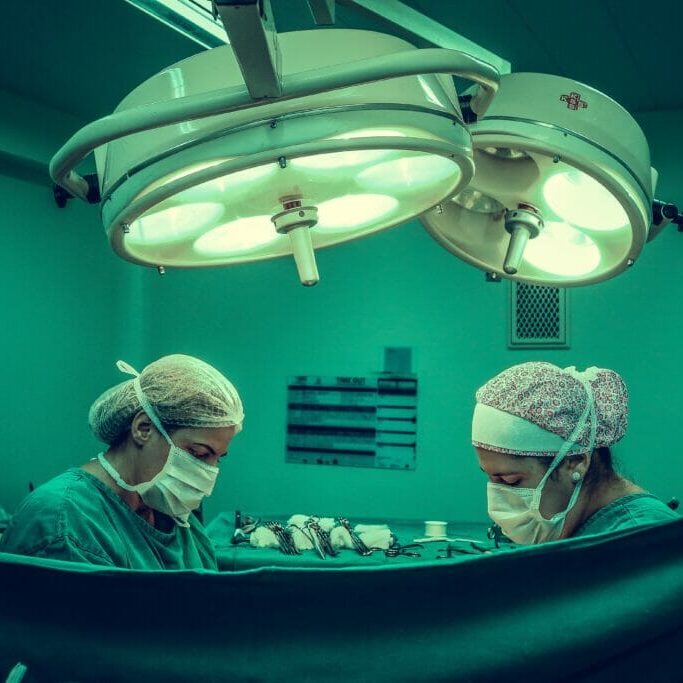
On Jan. 7, 2022, 57-year-old David Bennett Sr. from Maryland received lifesaving surgery. He underwent a heart transplant with a genetically altered pig’s heart, and I can’t help but think of the Microsoft slogan, “The future is now”.
Bennett’s operation was completed in eight-hours. This is a little longer than usual, according to the Canadian Heart and Stroke Foundation. The surgery took place at Maryland University Medical Center, and Bennett’s surgeon, Dr. Bartley Griffith, director of cardiac transplants has said the patient is doing just fine.
How do we feel about this as Canadians and as Dalhousie students? I, for one, am on board. Although, I do hope there are many follow up tests and research to support these genetically altered animal hearts before it becomes a standard in Canadian operating rooms.
Fixing our ticker problem
The main thought behind my acceptance of this animal heart transplant scenario is supply and demand. In 2020, Canada saw 188 heart transplants, 145 patients left waiting for transplants, and 12 deaths due to the wait for a new heart.
According to the National Post, some Canadians might receive a heart transplant within weeks or months. For someone with type O blood, however, the wait can be up to two-years.
In the United States, where Bennett received the pig heart transplant, around 12 people die each day waiting for an organ transplant.
Access to more organs for patients in need is a huge step forward. But are animals given the same rights as humans where organ donation is involved? Can a pig give consent to donate organs to science following its death?
Considering the animals
I think there’s something great in the success of this experimental procedure. It comes with a long list of protocols and standards, however, which now must be developed to govern these surgeries.
How will animals be raised and treated for these surgeries?
I know genetics and cloning technology was used to modify the pig heart before transplant. Could that science be used to grow hearts without pigs?
Is this ethical?
I’m not one for the PETA protests. I do believe in the rights and cruelty-free treatment of animals, but I’ve never been one to turn down a side of bacon. Still, I don’t want to see animals mistreated, or killed en masse, to fix our organ shortage situation.
What about past xenotransplantation?
Bennett’s pig heart transplant is the first of its kind, but it isn’t the only xenotransplant the world has seen. The first kind of animal to human therapy took place in 1667. Dr. Jean-Baptiste Denys of France performed blood transfusions from animals to humans.
Since Denys’ experiments with blood, there have been many experiments using animals to support human healing, including skin grafts, heart valves, and a kidney transplant. In the late 1990s Porcine Endogenous Retrovirus (PERV) was discovered and became a factor in slowing the pig to human xenotransplantation research underway.
PERV is a retrovirus present in certain pig cells which can be transferred into human cells during xenotransplantation. Bennett is still being monitored for signs of this potential infection as a future side effect.
Looking to the future
As an arts student, I’m probably not the most knowledgeable about genetic modification or surgical transplantation. But I do have a pretty steady moral compass, and it’s wavering on the subject of future pig organ transplants.
I think Bennett’s successful transplant is an amazing feat and something the scientific community should celebrate. On the other hand, I worry about what this means for the future of genetic modifications and xenotransplantation.
I wonder if Dal’s genetics and molecular biology graduates will open textbooks one day where this type of procedure is the norm.
As with anything our future holds, we can only make guesses as to the impact Bennett’s transplant will have on the world. I want to believe the effect will be positive, but we’ll have to wait and see.






